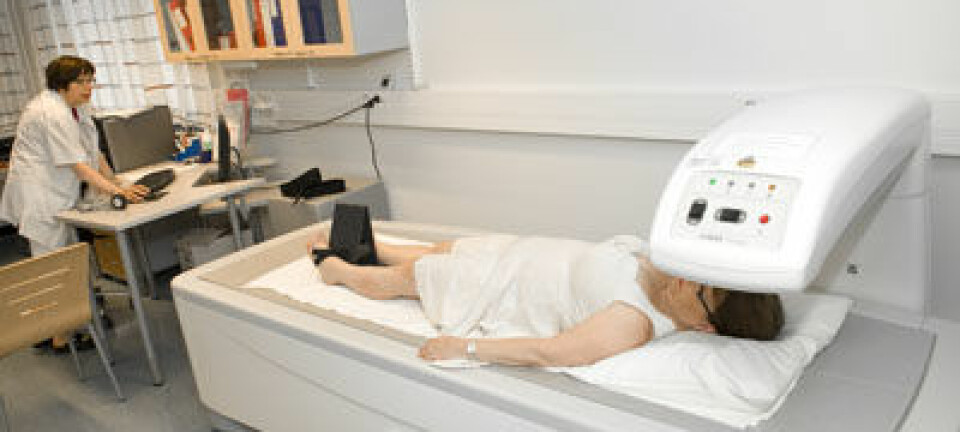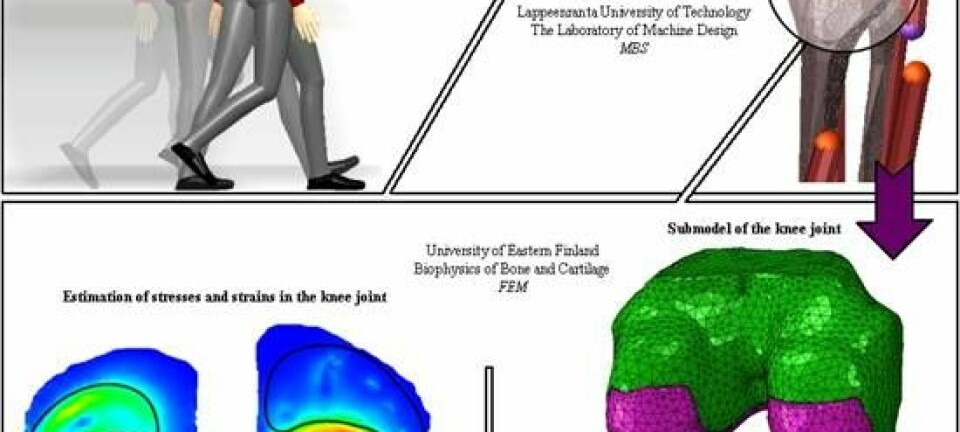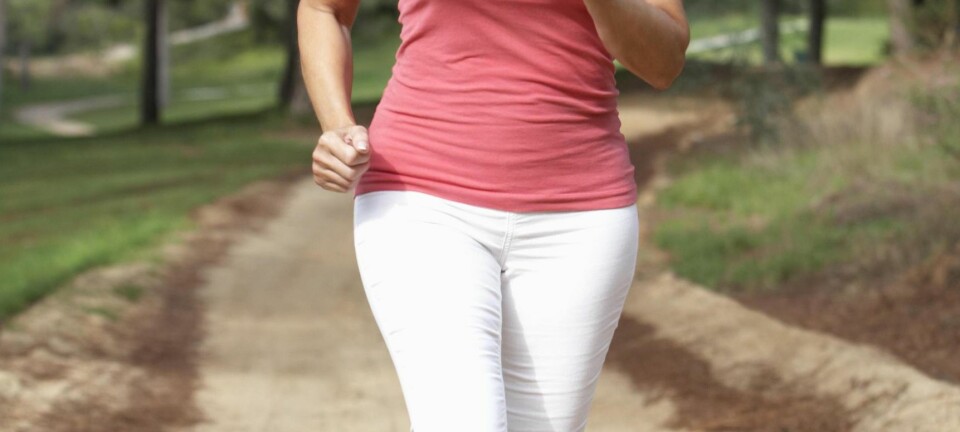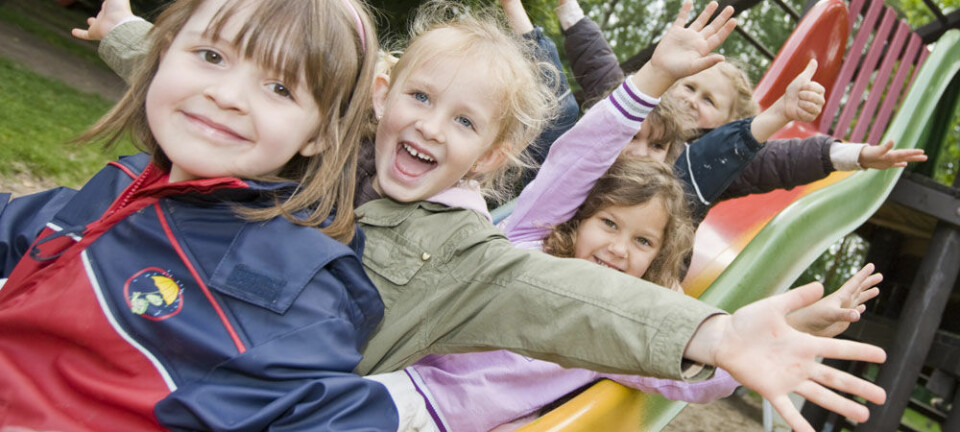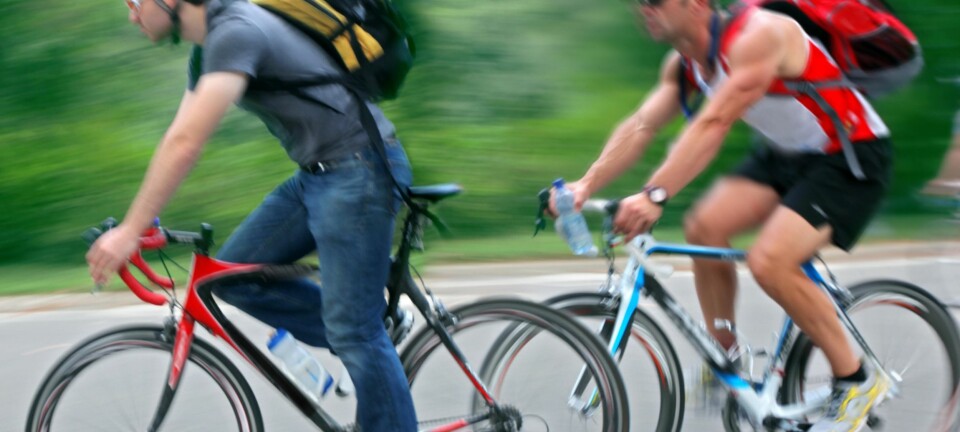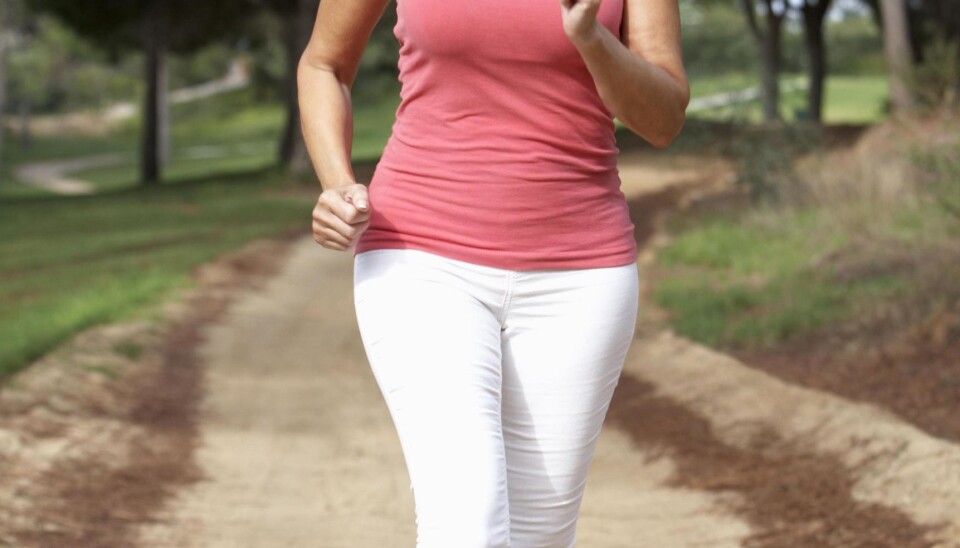
Exercise can heal broken bones
Exercise can help broken bones heal faster, a new study finds. This new knowledge may result in new treatment for people with osteoporosis
As your running shoes hit the dewy morning asphalt you are improving more than just your physical fitness.
Every time the cells in your bones come under load, they release a substance that turns out to have rather special qualities.
According to new Danish research, the substance ATP maintains the cells of the skeleton and appears even to promote healing in broken bones.
"We have known for a long time that exercise helps prevent osteoporosis. But now we know why," says Peter Schwartz, the head of the Research Centre for Ageing and Osteoporosis at Glostrup Hospital, who is also professor of clinical medicine at the Faculty of Health Sciences at the University of Copenhagen.
Results based on mice for now
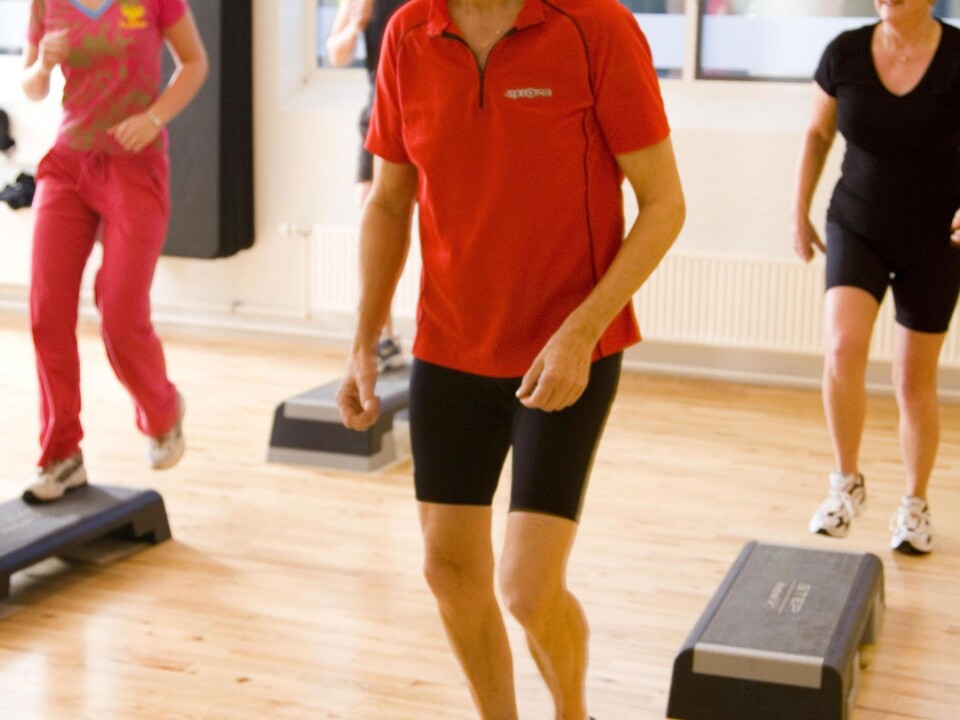
The new results are from an extensive three-year research project, the initial aim of which was to investigate why exercise has a positive effect on people who suffer from osteoporosis, also known as 'brittle bones'.
A surprising spin-off benefit was that it appears that exerting a load on the bone cells, for example when exercising, also incites broken bones to heal faster.
Thus far, the research results have been derived solely from Petri dishes and experiments on mice. Since the incidence of osteoporosis is most prevalent in elderly women, the researchers endeavoured to imitate the human female menopause in mice by removing their uteruses.
The bones naturally become more porous the older you get although after the menopause, women lose as much as five per cent of their bone mass every year.
The researchers hope that their findings can result in more effective treatment of people with osteoporosis.
ATP is the cells' spokesperson
ATP is actually an energy molecule, although it is also used in communication between the cells.
When a bone cell comes under load, for example during exercise, it emits calcium waves and releases ATP into the surrounding cells, both on the surface of the bone and inside it, saying in a way: "Hey, I've just been bonked on the head!" to other cells. This causes a rise in ATP levels in other cells, and this is precisely the process that stimulates the formation of new bone tissue.
Running, fast walking and aerobics are best
Since the release of ATP requires a load to applied to the bone, certain kinds of exercise are better than others.
Running, fast walking and all kinds of aerobics exert a load on the bones, while swimming and cycling, for example, only give you better fitness ratings and fewer kilos on the scales.
Great benefits from new treatment
Niklas Rye Jørgensen, Ph.D., of the Department of Clinical Biochemistry at Glostrup Hospital, is responsible for the research project. He believes the new findings can be used in the treatment of osteoporosis.
This will be a tremendous financial benefit for society and not least for those affected by the disease, he says.
"Most of the medicines available on the market today help limit the process of deterioration. So it would be a great result if we could develop a method of treatment which not simply limits the impact of the disease but also fights it would be a great victory. Our experiments on mice have shown that although it may not be possible to get rid of the disease entirely, it may be possible to combat it to a high degree."
The project, which goes under the name ATPBone is the largest of its kind in Europe in the field of osteoporosis. Seven European universities and institutions have participated and it was financed by the EU Commission.
Read the article in Danish at videnskab.dk
